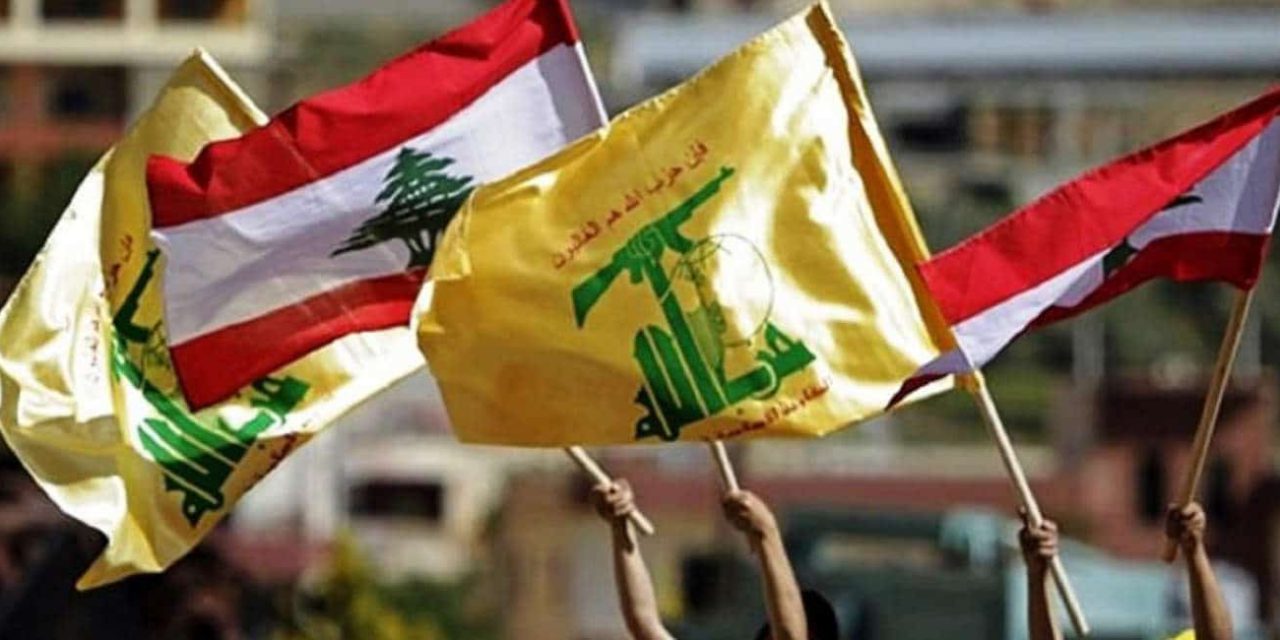The Lebanese internal arena is experiencing escalating instability. This is clearly reflected in the influence of political forces, especially Hezbollah, which is under internal and external pressures as a result of the faltering formation of the government. The balance of power is drawing more to be in favor of the Bashar al-Assad regime over the past few years. In addition to its continued involvement in the Syrian conflict, Hezbollah identifies with the Iranian public discourse on many regional and international issues, particularly during the escalation of tensions with the US and Israel.
Several indicators:
There are many indicators reflecting the escalation of pressures that Hezbollah is currently facing, most notably:
1- The decline of its political role:
Hezbollah failed to create a consensus among its allies regarding the progress of the political process internally, unlike previous years. Perhaps the 2018 parliamentary elections were the best proof of this, as Hezbollah succeeded in gathering the Amal Movement and the Aounist Movement, under the banner of ‘electoral interests’. The current scene, however, reflects tensions between Hezbollah and the Free Patriotic movement, as well as tensions between the Free Patriotic movement on the one hand, and the Amal movement and the Marada movement on the other hand. This comes in addition to the March 8 Alliance being totally dispersed.
However, Hezbollah began to intervene to ensure the cohesion of its allies, which is necessary in light of the successive blows received. The Amal Movement has recently focused on calling for accelerating the formation of the government, and has reduced its attacks on the Free Patriotic Movement and its leader, Michel Aoun, which indicates pressures posed by Hezbollah.
Meanwhile, the previous period has also witnessed escalating tensions between the Amal movement and Hezbollah on social media and the Lebanese street as well. This was reflected in the meeting between Wafiq Safa, Hezbollah's Liaison and Coordination Unit, and Ahmed Baalbaki, Security Official of the Amal movement in July 2020. They agreed on the need for proactive action to defuse any disputes over all controversial issues. It has also been agreed to launch a common platform on social media to represent both the movement and Hezbollah and to work on identifying and circulating common positions.
2- Rebellion of the street:
It is unusual that Hezbollah’s areas of influence would witness rallies or road blocks for protests. However, since the price of the dollar exceeded 10,000 Liras at the beginning of this March, most Lebanese regions witnessed protests against the deteriorating economic situation, including the Southern suburbs, Baalbek and other areas affiliated with Hezbollah. Some Lebanese media confirmed that there are marches organized by Hezbollah and the Amal Movement in their areas of influence in their attempts to circumvent any counter rallies, while sending political messages to the opposing forces. If this proves to be correct, this would indicate Hezbollah's inability to control its affiliates, and its concerns about street demonstrations against it.
3- Counter messages:
Remarkably, some state institutions began to take positions that go against Hezbollah's policies. On March 6, the Ministry of Foreign Affairs and Expatriates summoned the Iranian Ambassador in Beirut to object to the attacks launched by the Iranian ‘Al-Alam’ channel against Patriarch Mar Bechara Boutros Al-Rahi and his being invited to an international conference to settle the Lebanese crisis. The Iranian ambassador’s refusal to respond to the summons triggered negative reactions in Lebanon, as a ‘Violation of Lebanon's sovereignty’. However, many views indicate that the actions of the Ministry of Foreign Affairs, headed by Charbel Wahba, who belongs to the Aounist movement, may be messages to Hezbollah indicating the movement's dissatisfaction with the latter’s stances towards it. This might mean that the disputes between the two parties have shifted to the Caretaker government.
4- The decline of the media discourse:
The pro-Hezbollah media seems to adopt a reactive approach towards accusations and criticism. One evidence was the campaign launched by the Future Movement directly against Hezbollah, as a statement was issued on March 4 stating: “Prime Minister Hariri, unlike Hezbollah, does not wait for the approval of any external party to form the government”[1]. Hezbollah’s confused media reactions to these statements may be due to the party’s intent not to use the media as a means of attacking opponents in anticipation of raising more domestic tensions.
Cautious policy:
The party’s eagerness not to escalate tensions with its political opponents may be a reflection of a new policy to contain the attempts to push it into a political and security impasse, which may impact its political future internally as well as the Iranian influence in Lebanon. This comes at a time when Iran is seeking to foster its position in the region in anticipation of any possible understandings with the Biden administration which is seeking to include other contentious files to the current nuclear agreement, such as the ballistic missile program and the regional role.
[1] https://arabic.cnn.com/middle-east/article/2021/03/04/lebanon-hariri-government-saudi-iran-hezbollah


